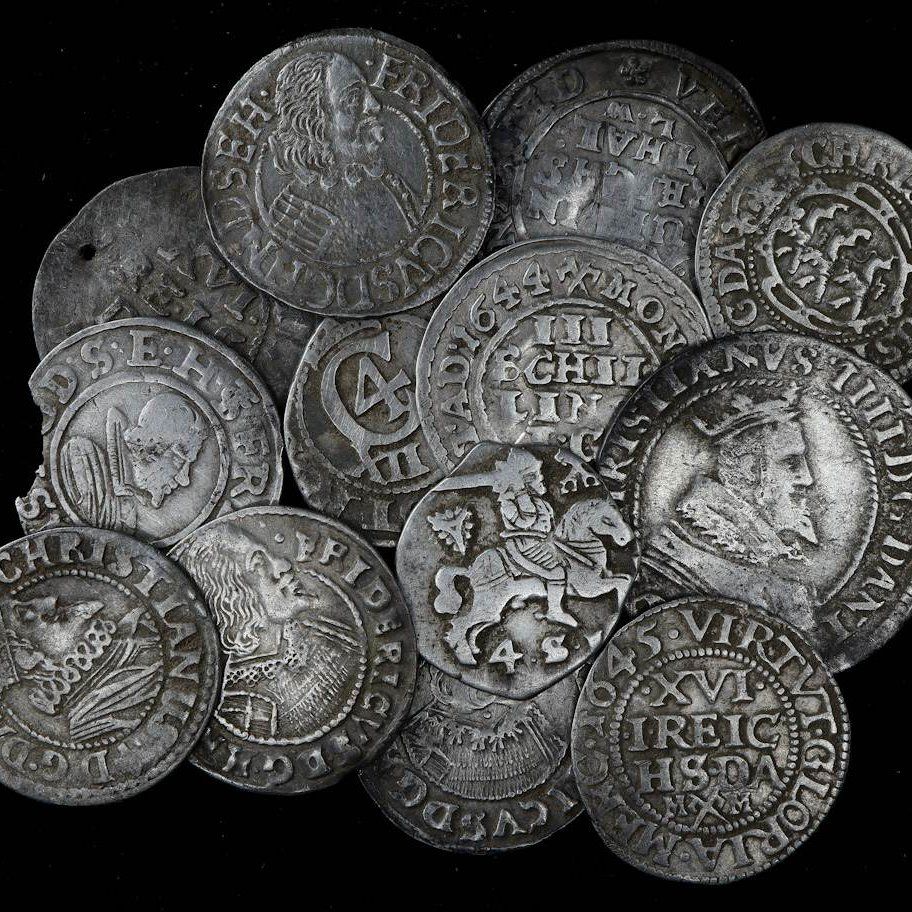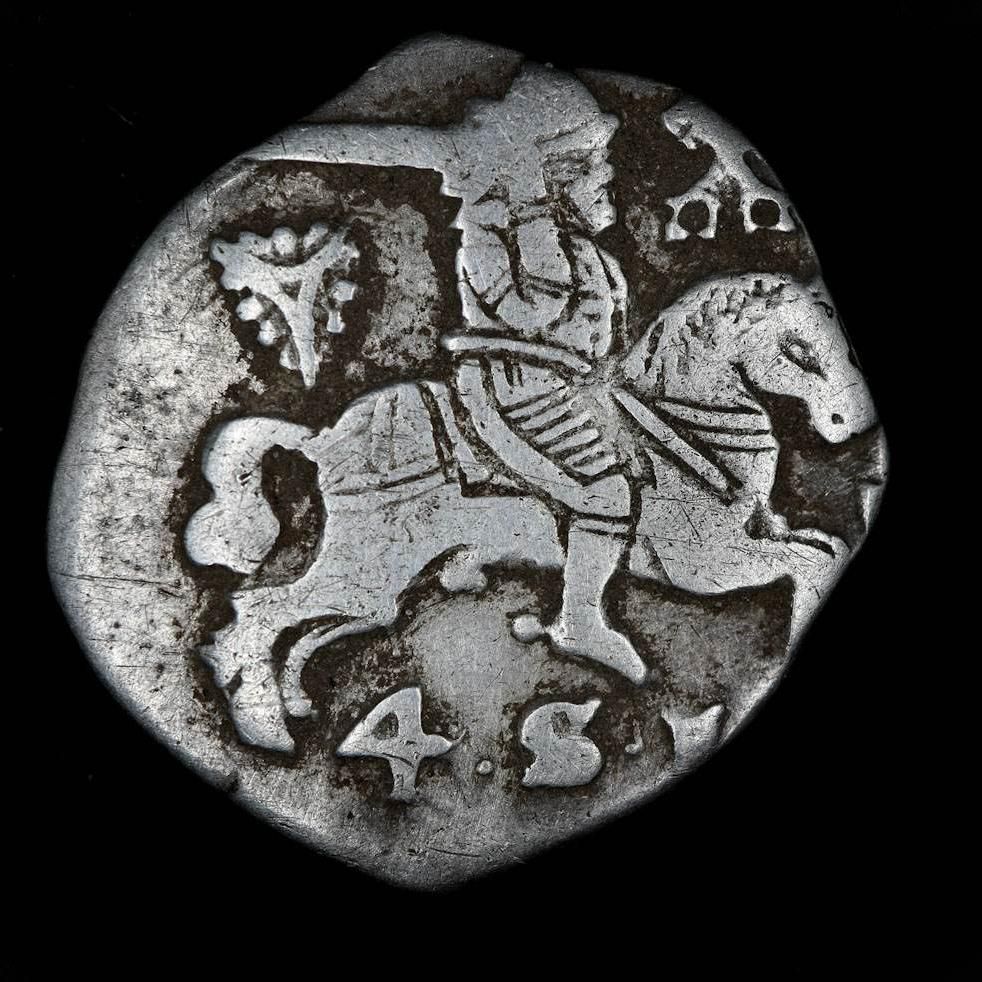News
Stunning stash of silver discovered in snowy west Jutland field
This article is more than 2 years old.
Coins date back to the early 1600s
Time was running out for metal detectorist Kay Walton in a field in west Jutland. With Christmas just around the corner, surely it was only a matter of time before her location would be knee-deep in snow.
But then her device beeped: she had just discovered a silver coin minted during the reign of Christian IV in the early 1600s. She figured there might be more and by Boxing Day she had discovered 23 more.
Following the approval of the owner of the field near Hover in Ringkøbing-Skjern Municipality, an excavation began despite the frost and occasional snowfall, which uncovered another 27, taking the total to 51.
The excavation failed to determine the exact spot of the trove, or indeed the container the coins were buried in, but nevertheless, it has been hailed as one of the most astonishing finds of its type in recent years.

An impressive array of designs
Buried due to the Swedish wars?
As well as Christian IV, the coins also date back to the reign of Frederik III – two kings who presided over extensive wars with the Swedes in which Danes lived under the fear of being invaded.
It is speculated the coins – penny coins and rigsdalers minted between 1607 and 1652 – might have been buried to stop them falling into the hands of plundering Swedish soldiers.
Nearby Ringkøbing-Skjern Museum took charge of the treasure, which will now head its way to the National Museum.
The museum wanted to wait until the excavation was complete before confirming the find, just in case a new army, this time of treasure hunters, turned up looking for booty.

The most valuable of the coins bore the depiction of some kind of knight










































